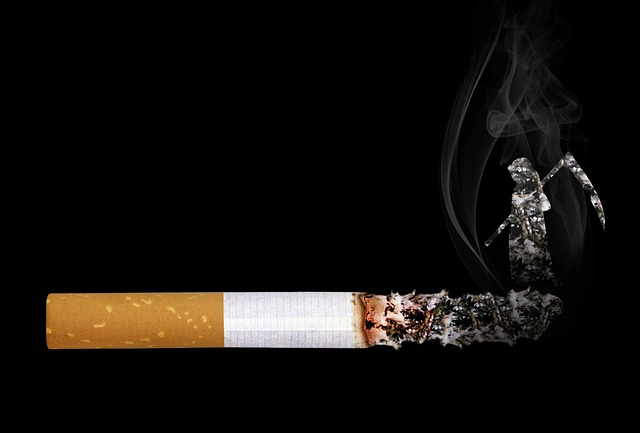Highlights
|
The use of dental implants has become a predictable therapy for the rehabilitation of partially and totally edentulous patients, resulting in high survival and success rates; however, biological complications can occur over time.
Peri-implant mucositis ( PM) has been described as the “presence of reversible inflammatory changes in the peri-implant mucosa without continued marginal peri-implant bone loss” (Heitz-Mayfield & Salvi, 2018), while peri-implantitis (PI) is characterized by “inflammation of peri-implant soft tissue and progressive loss of supporting bone” (Schwarz et al., 2018).
Goals
To determine the association between tobacco and peri-implant diseases in a sample of patients who had received implant-supported restorations in a university dental clinic. Furthermore, the study aimed to investigate patient- and implant-related variables associated with peri-implant diseases.
Materials and methods
The present retrospective study analyzed data from 117 patients treated with implant-supported restorations between 2001 and 2013. A total of 450 implants were evaluated. Patients were selected from an electronic database and patient- and implant-related variables were evaluated.
Detailed information on smoking history (i.e., smoking status, lifetime cumulative dose, duration of exposure, intensity of habit, and smoking cessation) was recorded.
The primary outcome of the study was peri-implant status [i.e., health (H), peri-implant mucositis (PM), and peri-implantitis (PI)] . Univariate and multinomial regression models were performed comparing PM and PI versus peri-implant health.
Results
A total of 117 subjects were included [55 (47%) women and 62 (53%) men] with a mean age at the time of examination of 64.2 years (SD 11.6) and rehabilitated with 450 implants. The mean number of implants per patient was 4.6 (SD 3.3) with a mean time of 8.0 years (SD 1.9).
Fifty-six patients (47.9%) were non-smokers, 42 (35.9%) were former smokers, and 19 (16.2%) were current smokers. Thirty-nine subjects (33.4%) were healthy (H), while 41 (35%) and 37 (31.6%) had peri-implant mucositis (PM) and peri-implantitis (PI)], respectively.
At the implant level, the corresponding values were 142 (31.6%), 230 (51.1%) and 78 (17.3%).
In the multinomial regression model, significant associations for peri-implant diseases were observed for the mean number of implants per patient (p = 0.016), function time (p = 0.048), implants placed simultaneously with guided bone regeneration (p = 0.048). 016), implant surface (p = 0.020), keratinized mucosa on the buccal side (p = 0.032) and access to interproximal hygiene (p < 0.001).
Furthermore, smokers of more than 23 pack-years showed a significantly increased risk of peri-implantitis (p = 0.002). Finally, multinomial regression analysis revealed that subjects presented who had stopped smoking more than 21 years before the last examination.
Conclusions Smoking intensity was associated with a higher risk of developing peri-implantitis. Furthermore, the risk of peri-implant diseases could be similar in those subjects who had stopped smoking for more than 21 years compared to those who had never smoked. |
















